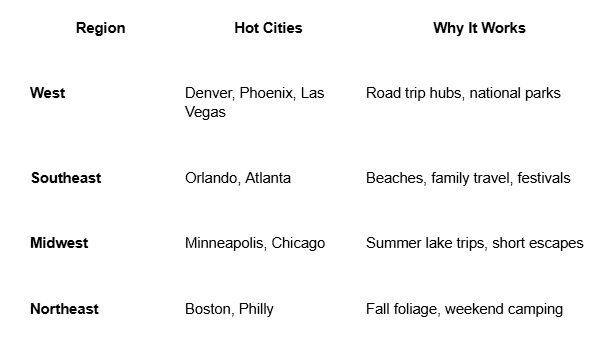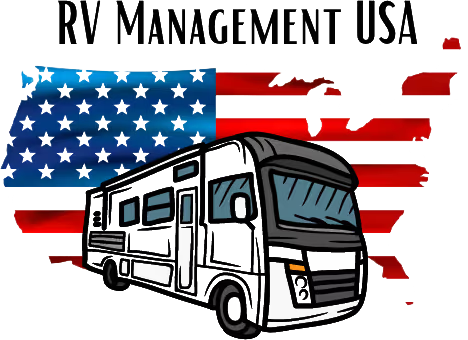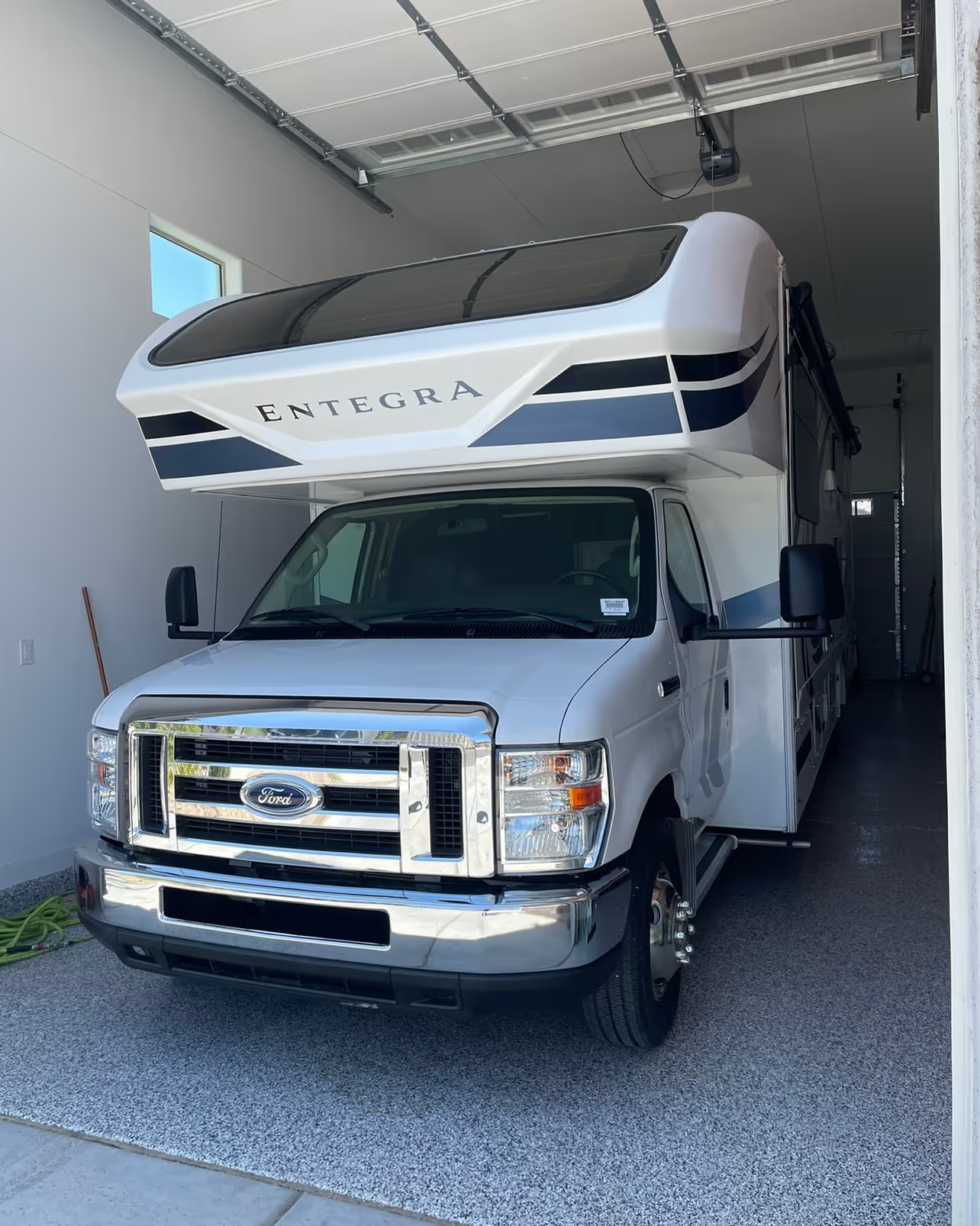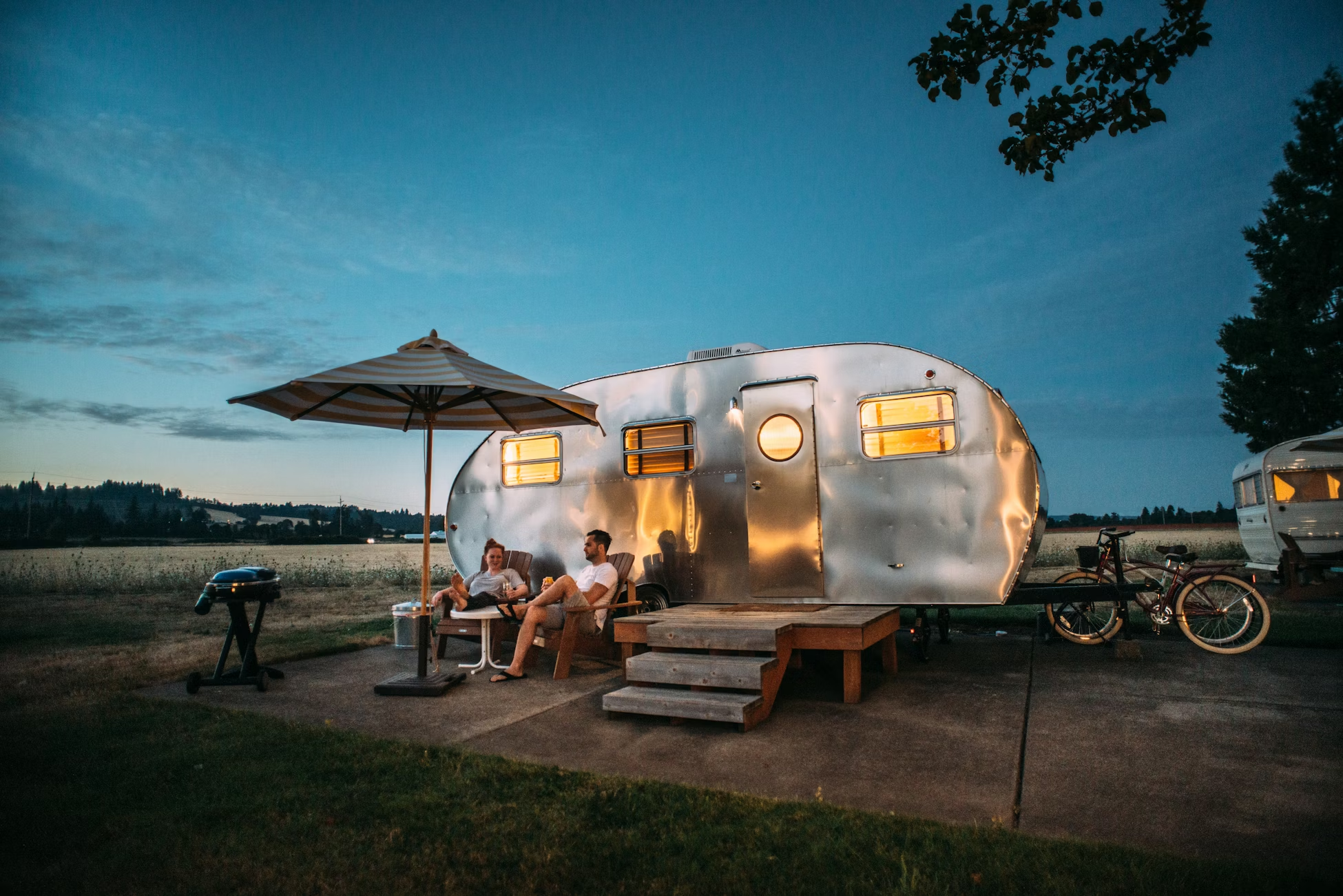Let’s say you’re thinking about buying your first rental RV—or maybe adding another one to your growing fleet. You’re comparing models, weighing financing options, maybe even dreaming about which upgrades will wow renters.
But here’s the truth: none of that matters if no one wants to rent it.
Before you drop tens of thousands of dollars on a vehicle, there’s one question you have to answer:
Is there real demand where you plan to rent it out?
In this guide, we’ll walk through how to evaluate that demand—so your RV doesn’t just sit in a storage lot, but works as the income-generating asset it’s meant to be.
Table of Contents
- Why Market Demand Is the #1 Success Factor
- Identifying High-Traffic RV Rental Regions
- Seasonality: Timing Your Investment for Maximum ROI
- Using RV Rental Platforms to Analyze Booking Trends
- Local vs. Destination Demand: Know the Difference
- National Parks, Events, and the “Mobile Hotel” Factor
- Competition Analysis: How to Benchmark Your Area
- Mistakes to Avoid When Choosing a Market
- Final Thoughts: Demand-Driven Investing Is Smart Investing
1. Why Market Demand Is the #1 Success Factor

You can have the nicest, most decked-out RV on the market—but if it’s parked in a low-demand area, it’s not an asset. It’s a very expensive lawn ornament.
Demand is what transforms a depreciating vehicle into a revenue-generating machine.
When demand is strong, RVs get booked consistently. When it’s weak? They sit. Plain and simple.
What makes a strong RV rental market?
- Tourist traffic (people coming in from out of town)
- Outdoor destinations like parks, lakes, and beaches
- Limited hotel or Airbnb availability
- RV-friendly regulations and campground access
Bottom line: Always find the demand first. Then buy the RV that fits that market.
2. Identifying High-Traffic RV Rental Regions
Some areas are just built for RV rentals—and they stay consistently in demand.
Here’s a quick snapshot of where the action is:

At RV Management USA, we track performance across all these markets to help investors get their RVs where the demand lives—not where they wish it did.
3. Seasonality: Timing Your Investment for Maximum ROI

RV demand isn’t steady year-round. But that’s actually good news—because it means you can plan around it.
Here’s a general breakdown:
- Spring–Summer: Peak demand nearly everywhere
- Fall: Still busy in warm regions (the South, Southwest)
- Winter: Best in Florida, Southern California, and Arizona
Pro tip: If you’re aiming to invest soon, use the off-season to get prepped—so you’re fully booked when demand spikes.
4. Using RV Rental Platforms to Analyze Booking Trends
You don’t need to be a data scientist to do solid market research. In fact, platforms like Outdoorsy and RVshare give you everything you need to spot a strong market—right on their websites.
Here’s what to look for:
- Search RV listings in your target city
- Check calendar availability—are weekends booked 30–60 days out?
- Look at nightly rates and number of reviews
- Pay attention to whether delivery is offered (hint: many renters prefer it!)
In 20 minutes or less, you can get a sense of what’s working—and what isn’t.
5. Local vs. Destination Demand: Know the Difference
Here’s a key insight that trips up a lot of new investors: not all RV rentals serve the same type of renter.
There are two main types of demand:
- Local renters: People nearby using RVs for tailgates, extra housing, road trips
- Destination renters: Travelers flying in to use the RV for a national park trip, a festival, or extended vacation
Each demand type influences how you operate:
- Local demand? A stationary rental might work fine.
- Destination demand? Consider offering delivery to airports or major parks.
Match your service to your market, and you’ll avoid headaches (and empty calendars).
6. National Parks, Events, and the "Mobile Hotel" Factor
Sometimes the best RV markets aren’t cities—they’re experiences.
We’ve seen RVs perform incredibly well when they’re placed near:
- National Parks like Zion, Glacier, or Yosemite
- Major events (think: NASCAR races, music festivals, conventions)
- Large lakeside or campground communities
- Rural destinations with limited hotel access
In these cases, the RV becomes the hotel—and your guests are happy to pay a premium for the experience.
7. Competition Analysis: How to Benchmark Your Area

Once you’ve got a region in mind, take a moment to size up the competition.
Here’s how:
- Search for RVs similar to the one you’re planning to buy
- See how many are listed in the area
- Check nightly rates—are they stable or being discounted?
- Read reviews: Are guests happy? Are certain features getting praise?
If the market is overloaded with underbooked RVs, that’s a red flag. But if you see moderate competition and high booking activity, it could be a green light.
8. Mistakes to Avoid When Choosing a Market
Even seasoned investors can fall into these traps:

Remember: RV investing is a business. Emotion is expensive—data is profitable.
9. Final Thoughts: Demand-Driven Investing Is Smart Investing
At the end of the day, the most successful RV investors don’t guess—they analyze.
They look for demand, spot trends, benchmark rates, and find the right markets before they buy. That’s what turns an RV from a fun purchase into a serious income stream.
At RV Management USA, we help investors make smart, data-backed decisions every step of the way—from market selection to full-service management.
Want help picking the right market for your next RV? Contact us here to talk to one of our Territory Managers about where the real demand is.
— The RVM Team










